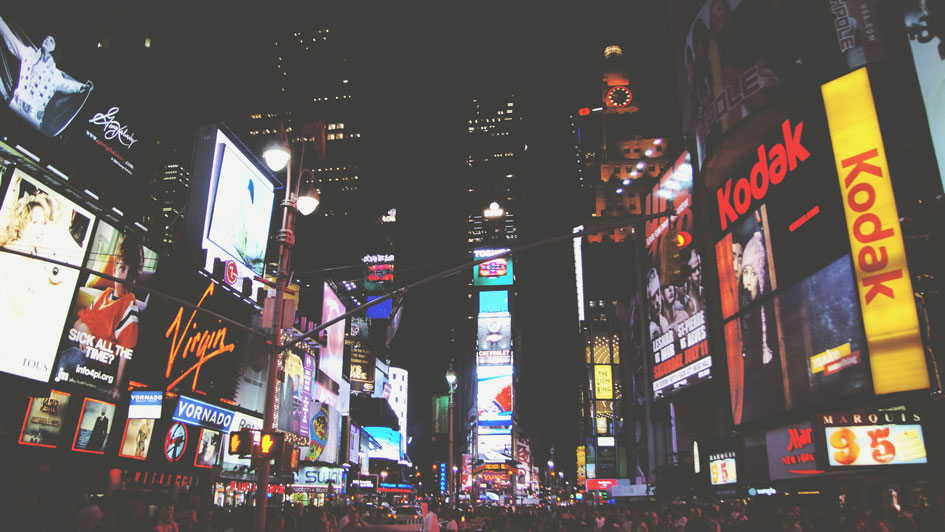
Havas Media Group published a jaw dropping study last year, revealing that “meaningful brands” outperform the stock market in excess of 120%. Brands that focus on emotional resonance, impactful visual and content-focused storytelling, as well as lasting community influence, are building brand equity and loyalty by rocking an ethos, no doubt shared by the brand’s own audience. According to the Meaningful Brand Index (MBi), the higher the brand connects to the personal and collective well-being of its customers, the stronger brand equity it has, and the more attachment its audience has toward it.
To that effect, Seth Godin’s All Marketers Tell Stories prods us to think outside the common notion that the consumer holds a singular worldview, as if the world itself were flat rather than curved and multi-faceted. Instead, he emphasizes, “good” brands, ones that perform well and have a trackable growth curve, realize that there are millions of markets all filled with people who share similar philosophies. Brands, meet opportunity.
Imagine, for a moment, the Venn Diagram of branding. On the left, we have brands’ values, mission and purpose. On the right, we have design, the North Star and lingua franca to which the world’s most celebrated and high-performance brands are anchoring themselves.
When brands match powerful brand purposes with design-centric processes, they create value. Value for customers. Value for users. Value for stakeholders. Value for leadership, and by association, value for team members.
Meaning, as a philosophy, and design, as that philosophy in practice, go hand-in-hand for brands that are set on reaching multiple, yet shared, worldviews. Meaning drives design decisions. With meaning, comes the opportunity for bolder marketing and brand value that actually delivers a very solid something to the customer.
Apple stands for imagination and innovation. Nike represents achievement and competition. Starbucks is synonymous with convenience and delight. These brands don’t exist solely for the fact that they imbue meaning. Instead, their internal processes are design-centric, running on a “design engine” that powers every touch point of every project, from user experience to content marketing to the sales funnel. To these companies, design and meaning are the singular metronome that sets the pace for every brand touch point.
SEE ALSO: The New Branding Reality: “Game Changer” or “Game Over”
When a brand is able to communicate its “meaning” in the market first, design can be influenced and, finally, integrated into the entire brand system. Assigning practical value to design’s behavior and performance is the keystone to market leaders, specifically when it comes to success metrics like competitiveness, market share and internal culture. To build a brand around anything but design (and its meaning in today’s market landscape) is simply an opportunity missed.
In the early 1900’s, architect Frank Lloyd Wright introduced the phrase “organic” into his philosophy of exterior design. The move came as an extension of Louis Sullivan, Wright’s professional mentor, whose own slogan “form follows function” became the mantra of modern architecture. Wright — very much on purpose — changed his mantra to “form and function are one”, using design in nature as the best example of this integration.
When we understand branding as a practice, meaning and design also become, truly, one.
